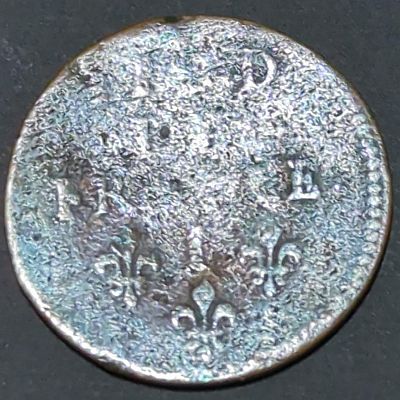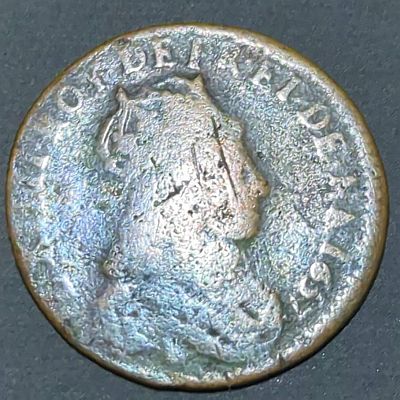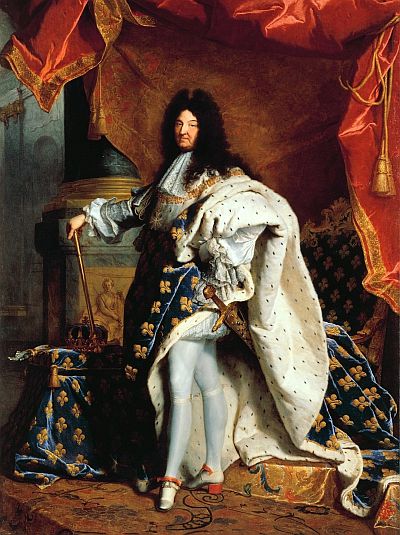There are Facebook groups and email lists for people who like to collect one coin from every country (OFEC). One thing I idly try to do when I see pieces come up cheaply, is “one from every year”. I enjoy adding a coin from a year I didn’t have before. For the 1600s and 1700s, I’ve found France to be a good source of coins. Quite a few were minted, and in relatively ordinary (or worse) condition, can be quite cheap. This 1657 Liard de France is what I term, a “Smoothie”:

The text is pretty worn, but it reads Liard de France, with the mintmark “I”, surrounded by three “Fleur de lis” ⚜️ (or in French “Fleur de lys”. Literally meaning, “flower of the iris”, it has been a symbol of the French monarchy since medieval times.
The mintmark of this coin, “I”, denotes it was minted at Limoges, a city in southwest-central France. One of the interesting things about these coins, is they were minted in so many different cities around the country. Just from this coin:
Mints:
A Corbeil, France
B Acquigny, France
B★ Pont de l’Arche, France
C Caen, France
D Vimy, modern-day Neuville-sur-Saône, France
E Meung-sur-Loire, France (1655-1658)
F Angers, France
G Lusignan, France
G Montreuil, France
G: Châtellerault, France
I Limoges, France (?-1837)
K Bordeaux, France (?-1880)
R Nîmes, France
“Liard” translated to English as “Farthing”, although it doesn’t necessarily directly equate to the English Farthing.
From 987 – 1795, the currency was the “Livre Tournois”. 3 Deniers = 1 Liard = 1⁄80 Livre tournois. Or, expanded, from Numista: 2 Deniers = 1 Double • 3 Deniers = 1 Liard • 12 Deniers = 1 Gros = 1 Sol (Sou) • 20 Sols (Sous) = 2 Testons = 1 Livre • 3 Livres = 1 Ecu • 1 Livre and 3 Deniers = 1 Franc.
All clear? (If it is for you, please do explain it to me!). Back to the coin, and this design was used from 1655 – 1715, although the King’s portrait was updated twice during that time.
The obverse of the coin features the monarch, King Louis XIV:

King Louis XIV was King of France and Navarre from 1638 until his death in 1715. From Château de Versailles: “The reign of Louis XIV is often referred to as “Le Grand Siècle” (the Great Century), forever associated with the image of an absolute monarch and a strong, centralised state”. King Louis XIV was married to Maria Theresa, (but not to be confused with the other Maria Theresa from the Hungary Poltura covered recently). It must have been a popular name at the time.

This painting of Louis XIV is by Hyacinthe Rigaud. Dressed in a very large blue cloak with fleur de lis and white ermine fur, with hair reminiscent of Brian May of Queen. And like Brian May of Queen, King Louis XIV was around for awhile. He was the longest verifiable reigning monarch of any country in any period, having been on the throne for 72 Years, 110 days (Elizabeth II of the UK is second, reigning for 70 years, 214 days).


Leave a Reply